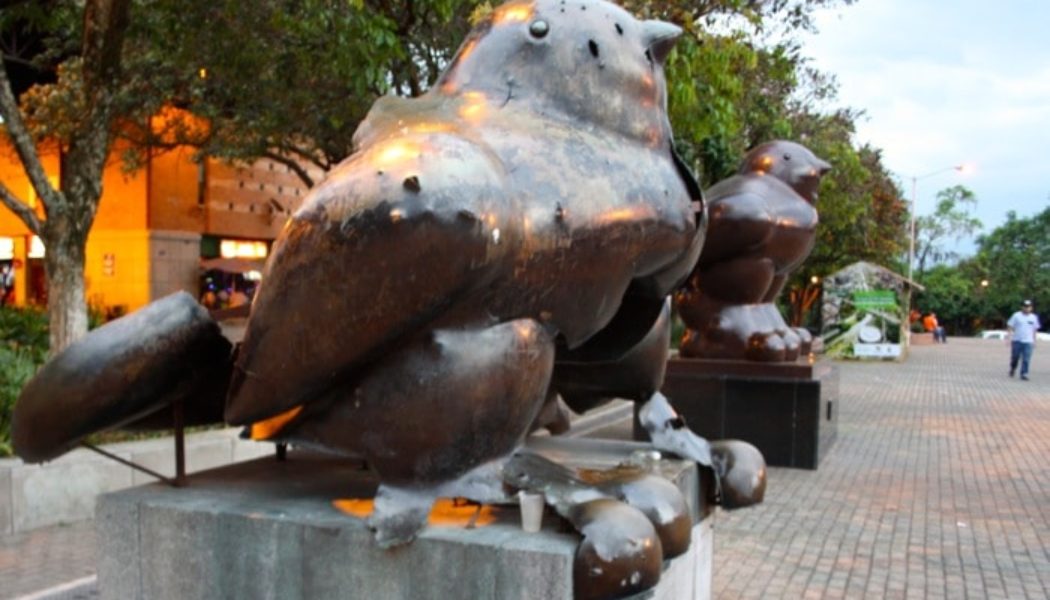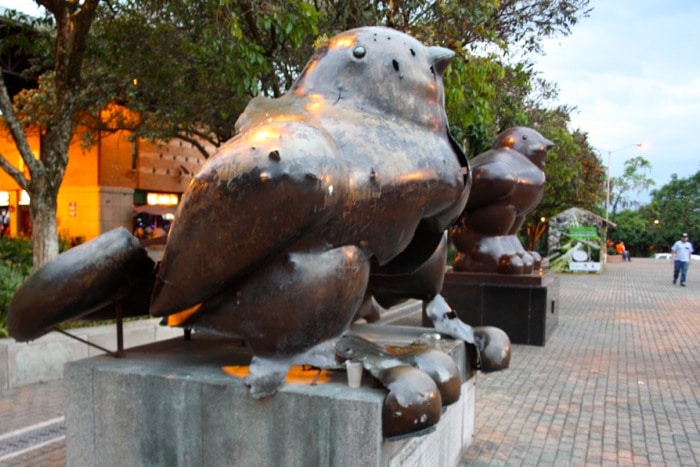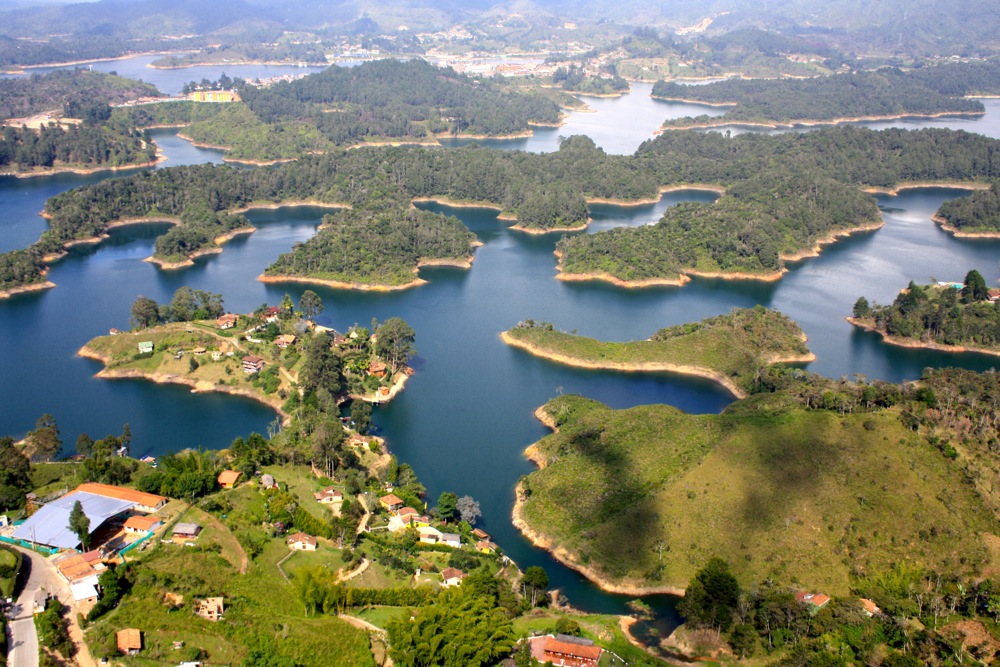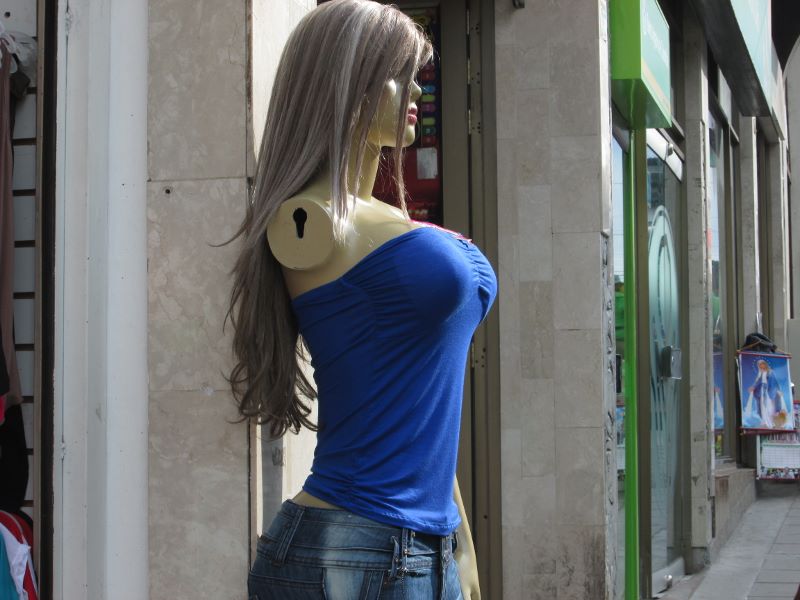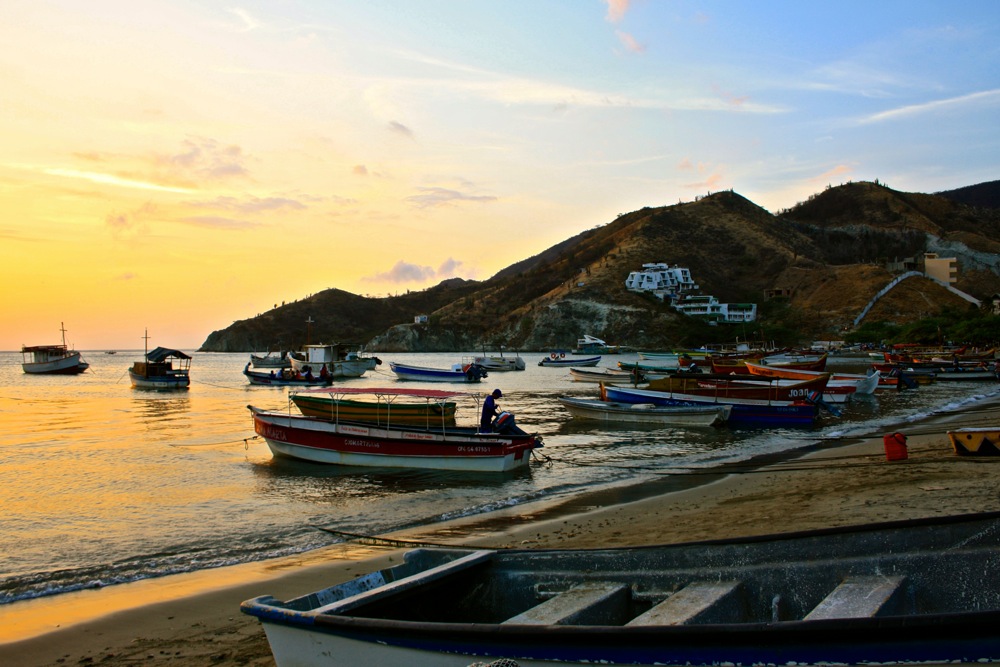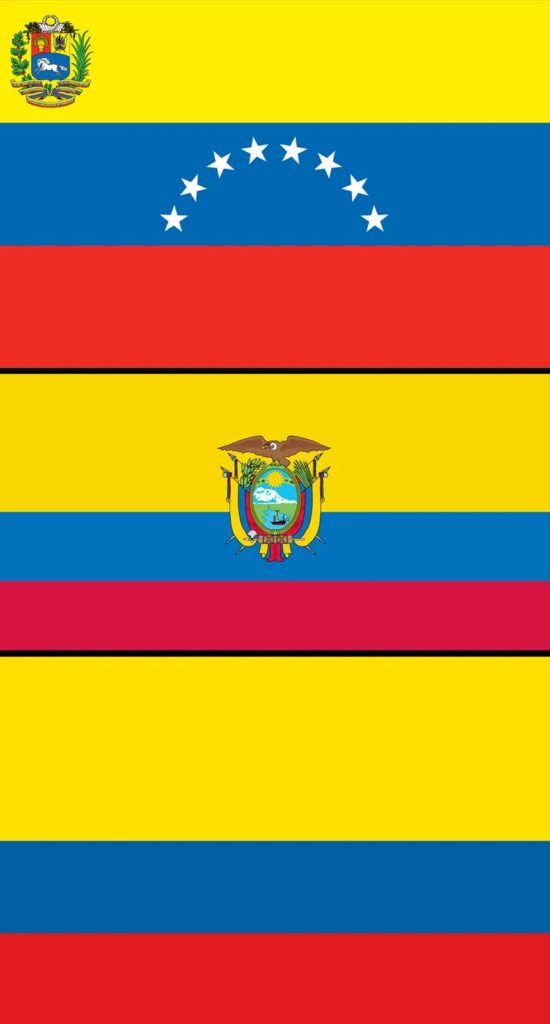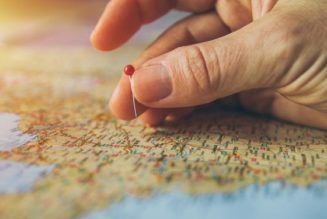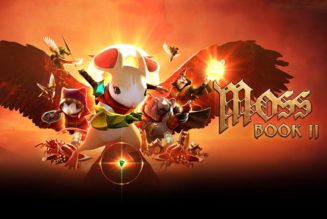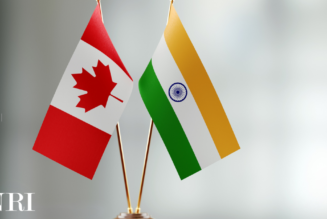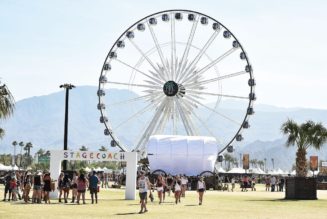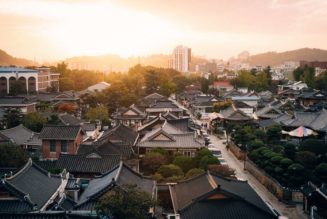Our curated list of the most interesting facts about Colombia we learnt during our visit
We didn’t plan on staying a month in Colombia. After spending longer than we had planned in the South Pacific, we were wary that we had only six months for an area far larger than what we had seen thus far.
Of course, our journey through Cartagena, Santa Marta, Taganga, Medellin, Guatapé, Popayán and San Agustín warranted more than the two weeks we had planned.
Our friends and family were worried about us staying in this historically volatile land but we found a lively and absorbing country that was as intriguing as its more frequented neighbours.
Along the way, we learnt many interesting facts about Colombia – we share our favourites below.
Interesting facts about Colombia
1. Notorious drug lord Pablo Escobar reportedly offered to pay Colombia’s national debt of $10bn to improve his reputation and escape the crosshairs of justice.
(Source: Killing Pablo by Mark Bowden, 2001)
2. Colombia’s ‘second city’ Medellin was once the murder capital of the world with 17 murders every day in 1991. It has since undergone a renaissance and is now one of the country’s main cultural hubs.
(Source: The Guardian, 2014)
3. Colombia’s national sport is tejo. It involves throwing metal pucks or discs (tejo) which contain gunpowder and explode on impact. The game originated among indigenous groups around 500 years ago and was declared the national sport under law in 2000.
(Source: CNN)
4. Colombia suffered from a 52-year-long conflict between the government and left-wing Farc rebels between the government and left-wing rebels, Farc. In 2016 a historic peace accord was signed. However, a few weeks later voters reject the deal in a national referendum, and a new agreement has to be drawn up.
(Source: BBC)
5. Colombia is the second most biodiverse country in the world, after only Brazil which is 10 times its size. It is one of only 17 “megadiverse” countries in the world.
(Source: World Resources Institute, 2013)
6. Aracataca, the birthplace of author Gabriel García Márquez, once held a referendum to rename the town ‘Aracataca-Macondo’ after the fictional town of Macondo from his famous book One Hundred Years of Solitude. Unfortunately, the referendum failed due to low turnout.
(Source: BBC, 2006)
7. Colombia was the inspiration behind our ebook Don’t Offer Papaya: 101 Tips for Your First Time Around the World. The phrase ‘don’t offer papaya’ is one of the rules of the street and warns that if you leave your valuables (‘papaya’) in a vulnerable position, someone will take them.
(Source: Atlas & Boots)
9. Colombia is the world’s largest producer of emeralds with over 50%of the world’s emeralds originating in Colombia.
(Source: CIA World Factbook)
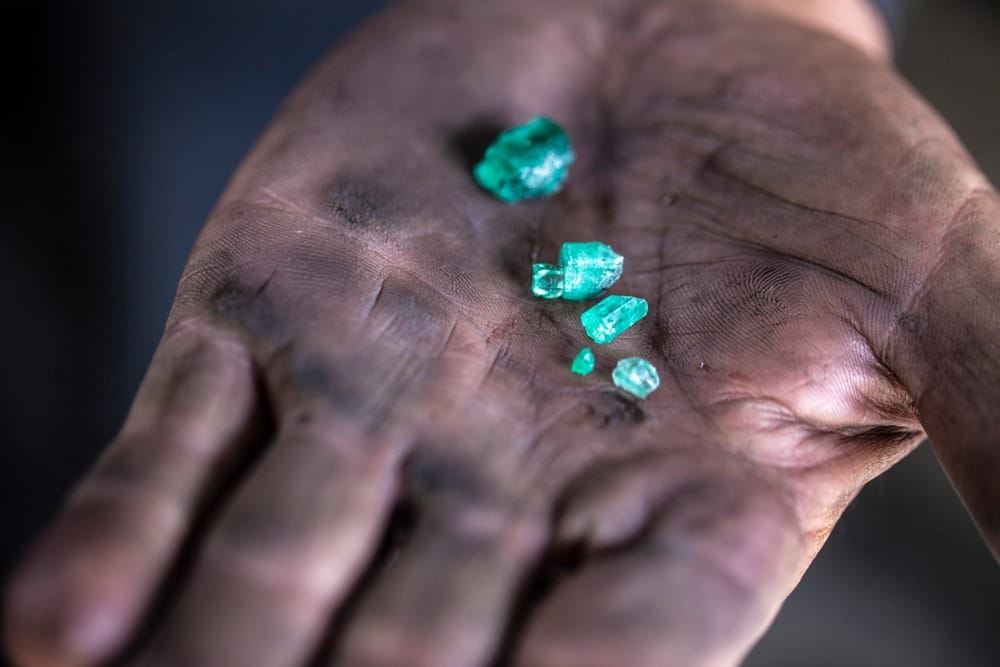
10. Hardcore porn is sold on street stalls so don’t be surprised if you’re confronted with sensual donkey porn while waiting at the traffic lights.
(Source: Erm, first-hand experience)
11. Colombian women don’t hesitate to change their bodies if they’re dissatisfied. The country is currently the 5th most popular hub for cosmetic surgery.
(Source: Economist, 2013)
12. Following on from the above, store mannequins have enormous breasts as a reflection of the country’s preoccupation with curves.
13. Colombia is part of the Ring of Fire, a group of countries in the Pacific Ocean vulnerable to earthquakes and volcanic eruptions.
(Source: National Geographic)
14. Colombia is on the equator, so expect much heat and sun!
(Source: Google Maps)
15. Colombia is home to the bizarre, but incredibly beautiful, Caño Cristales – a colourful body of water known as ‘The River of Five Colours’ or ‘The Liquid Rainbow.’ The multicoloured waterway is a series of rivers, waterfalls and streams located within the Parque Nacional Natural Sierra de La Macarena.
(Source: Lonely Planet)
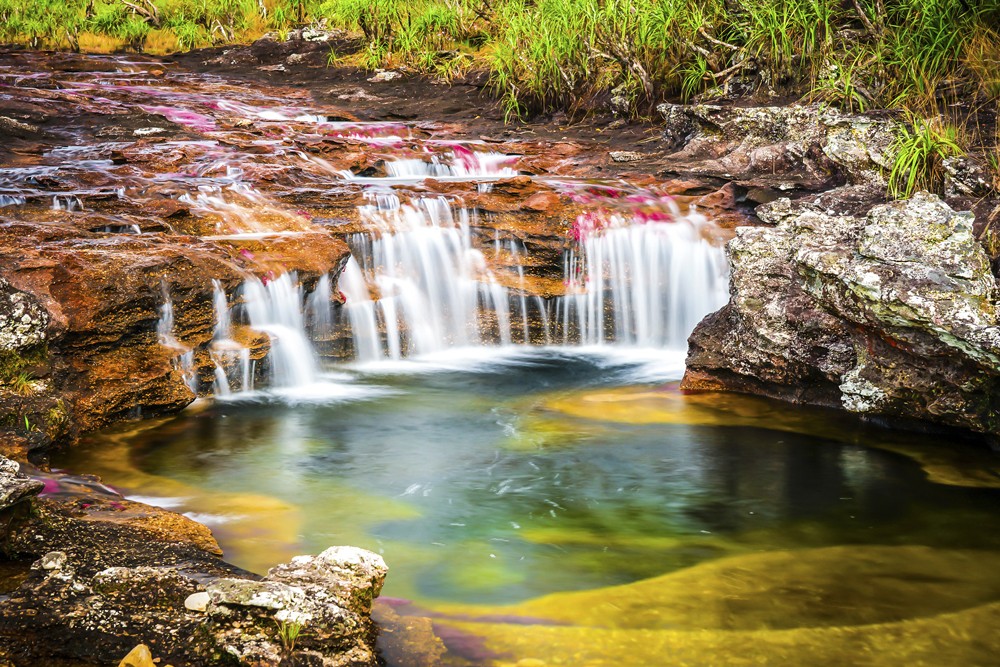
16. Local government periodically imposes a ‘Dry Law’ during major events such as World Cup matches and elections, prohibiting alcohol consumption in order to stem public violence.
(Source: Colombia Report, 2014)
17. Speaking of the World Cup, the Colombians stole our hearts in the 2014 tournament.
18. Bogota has South America’s largest network of bicycle routes: over 300km stretching from slum areas and suburbs to the city centre.
(Source: Danish Architecture Centre, 2014)
19. The country’s name is pronounced Col-o-mbia, not Col-u-mbia. Many non-Spanish speakers get this wrong.
(Source: Cambridge Dictionary)
20. Colombia is the only country in South America that has coastlines on both the Pacific Ocean and the Caribbean Sea.
(Source: Google Maps)
21. One of the most interesting facts about Colombia is that it was the happiest country in the world according to the 2013 and the 2014 Barometer of Happiness and Hope.
(Source: Colombia Reports, 2014)
21. Colombia is one of three countries created in 1830 following the collapse of Gran Colombia. After gaining independence from Spain, the short-lived republic of Gran Colombia (1819–30) was created. It included the territories of present-day Colombia, Venezuela, Ecuador and Panama as well as parts of northern Peru, western Guyana and northwest Brazil.
(Source: Britannica)
22. Colombia’s flag is horizontally striped yellow, blue and red. The flag is based on the flag of Gran Colombia. It is very similar to the national flags of Venezuela and Ecuador but doesn’t feature a coat of arms or stars as theirs do.
(Source: Britannica)
23. Colombia is named after explorer Christopher Columbus.
(Source: CIA World Fact Book, 2022)
24. Despite its reputation as a drug-peddling dangerous place, in reality, it’s one of the most beautiful countries in the world with a diverse nation that is helpful, hopeful and deeply endearing.
